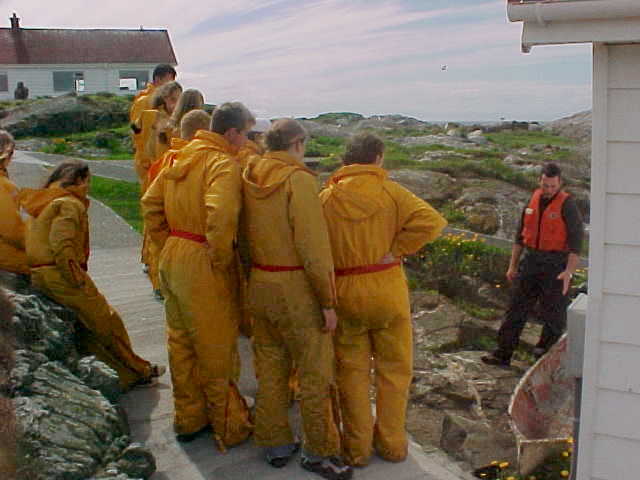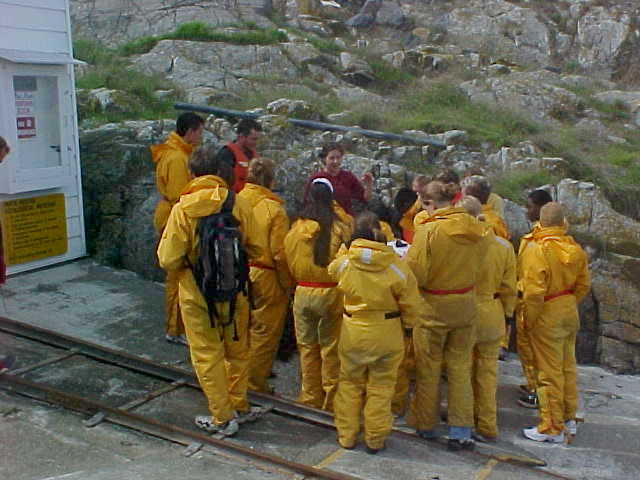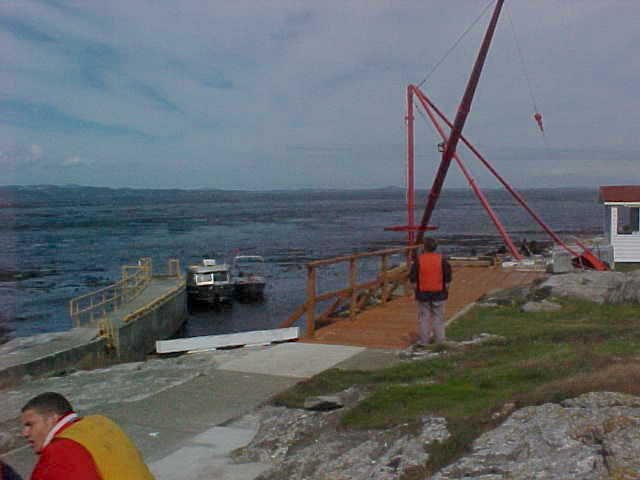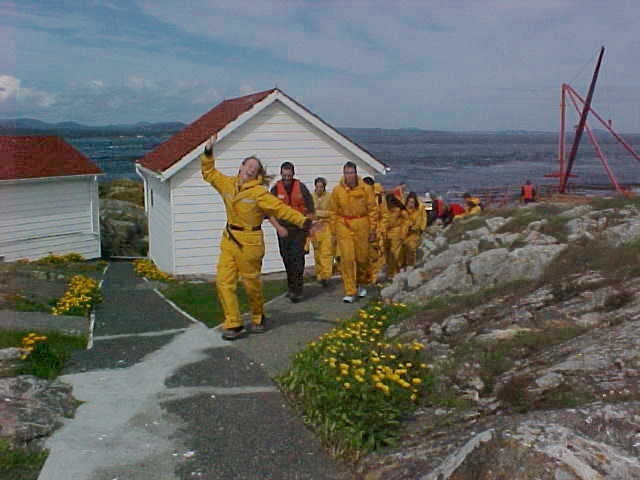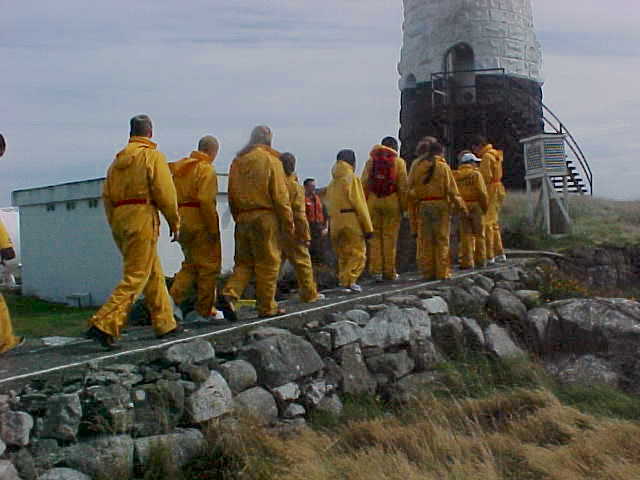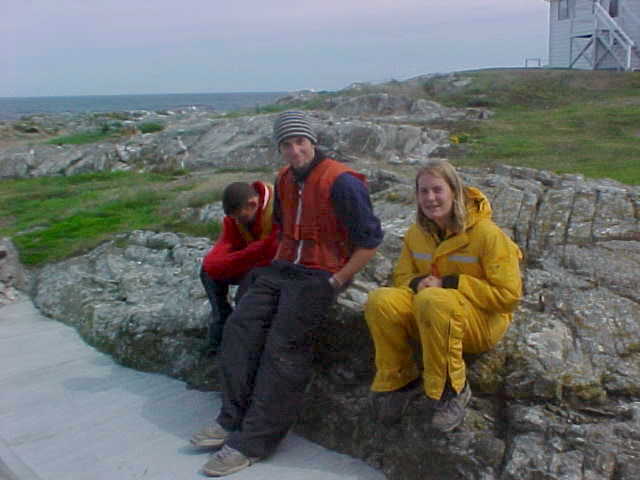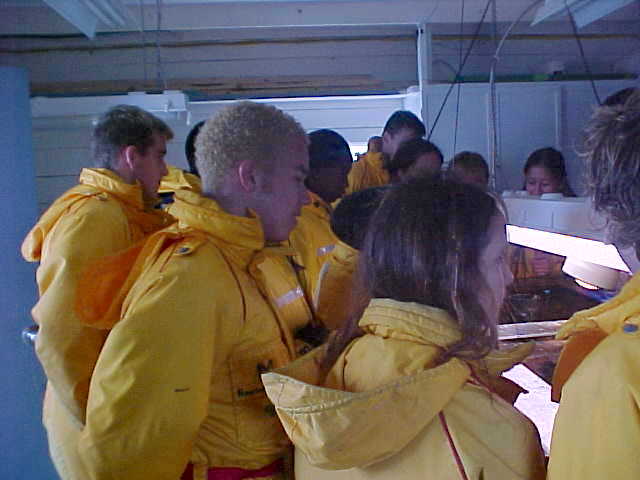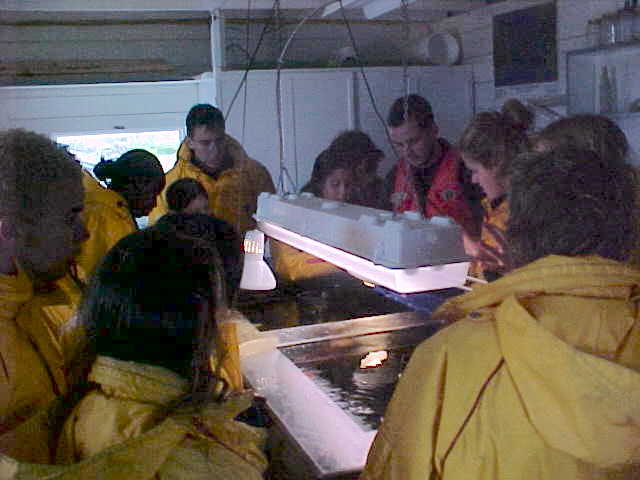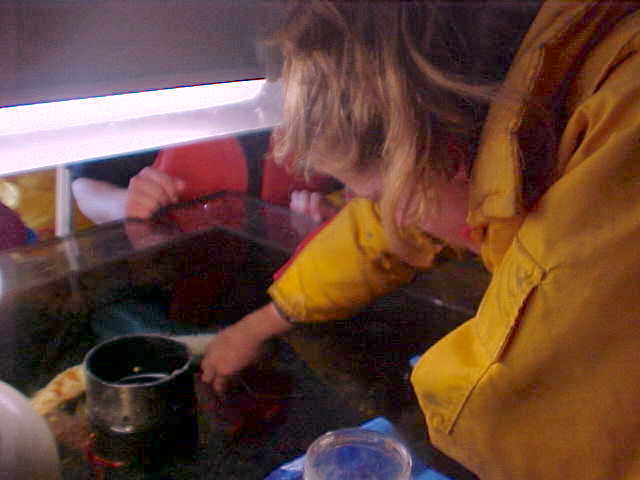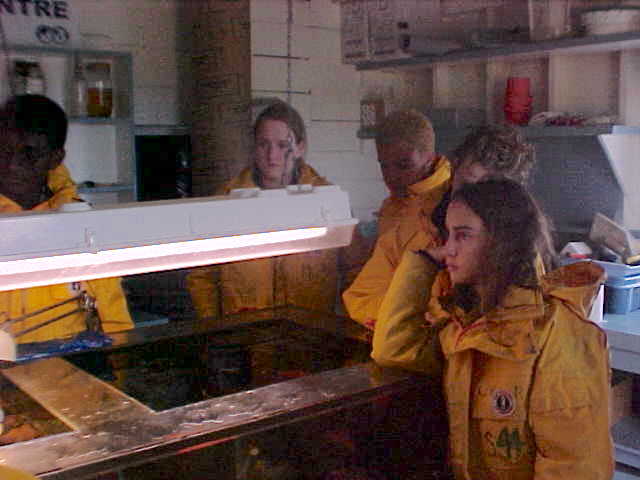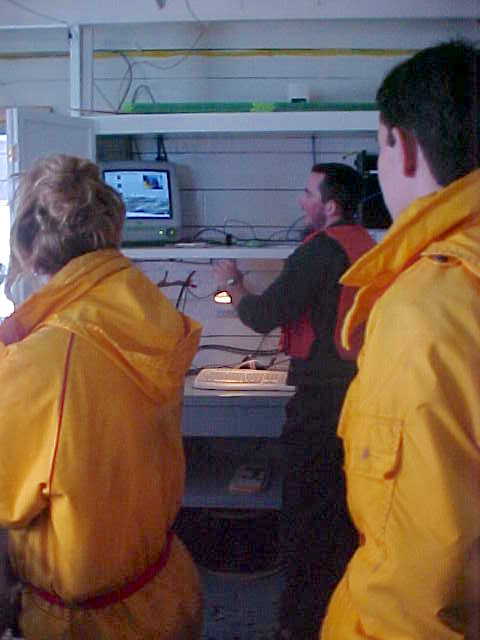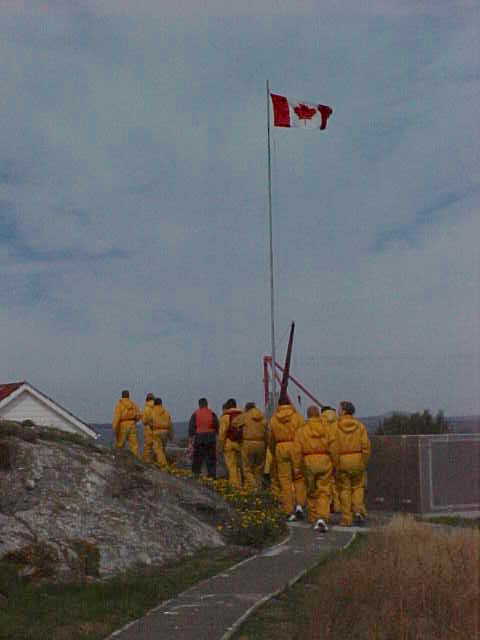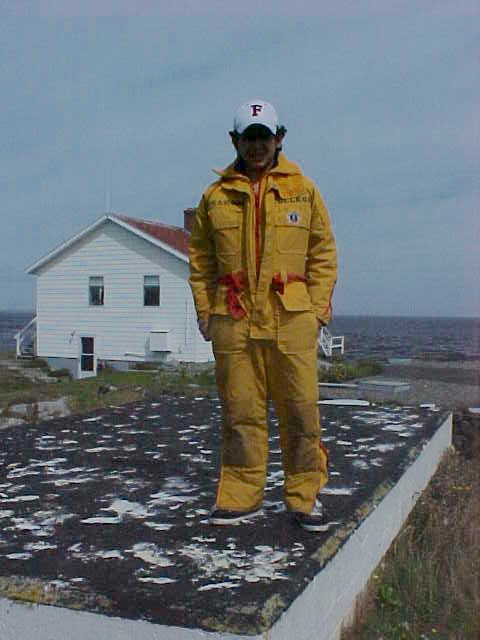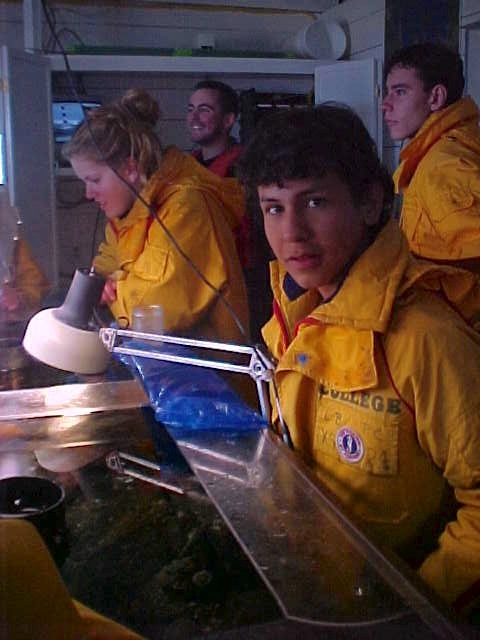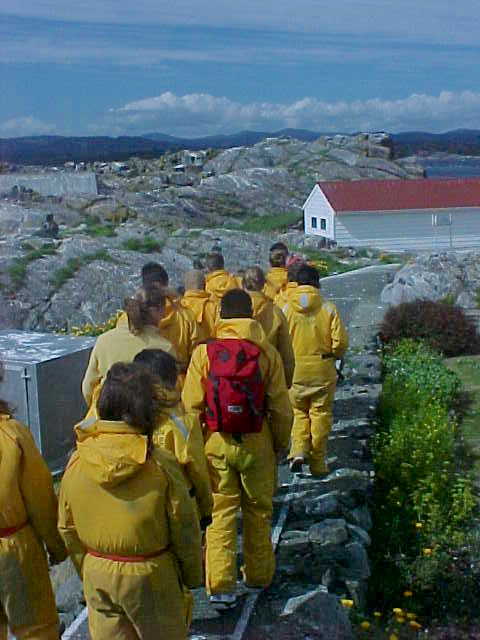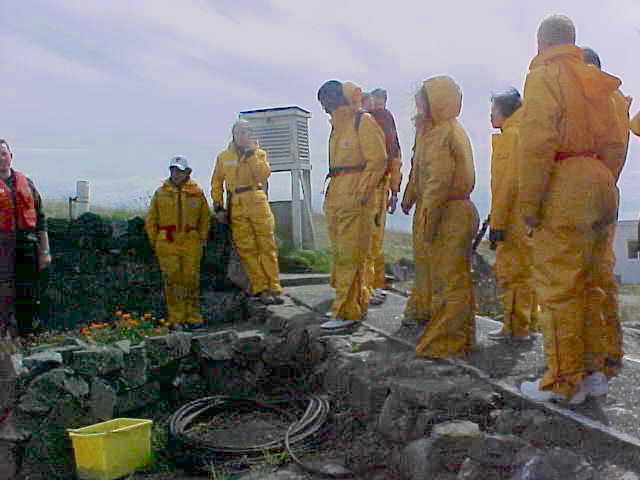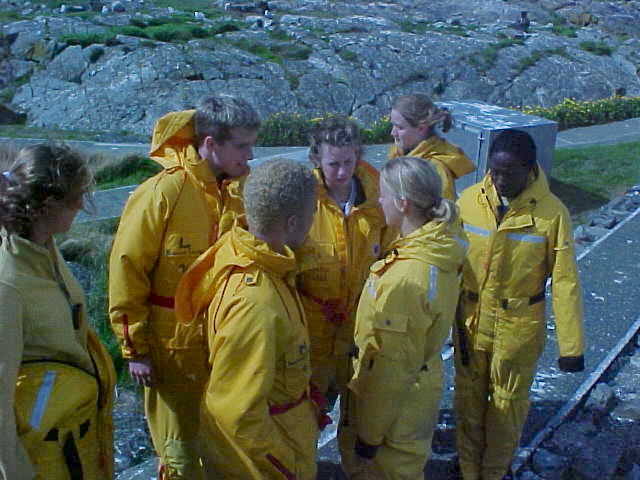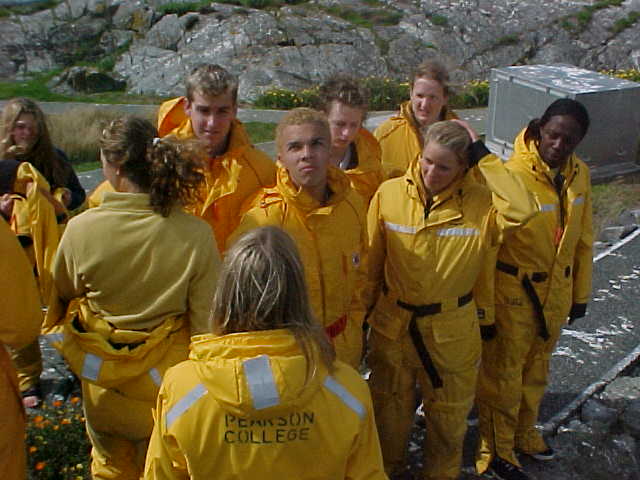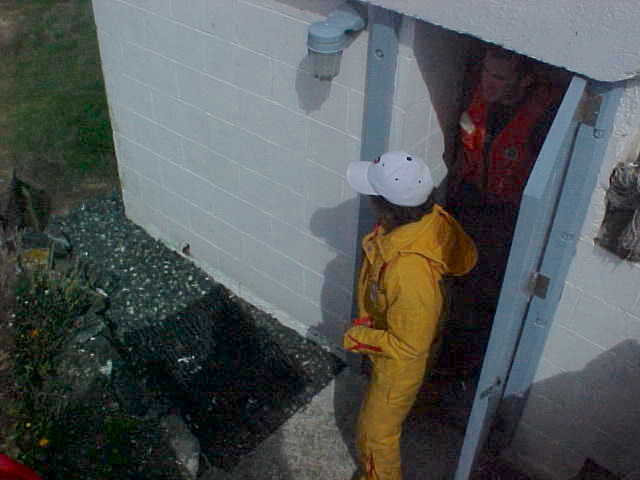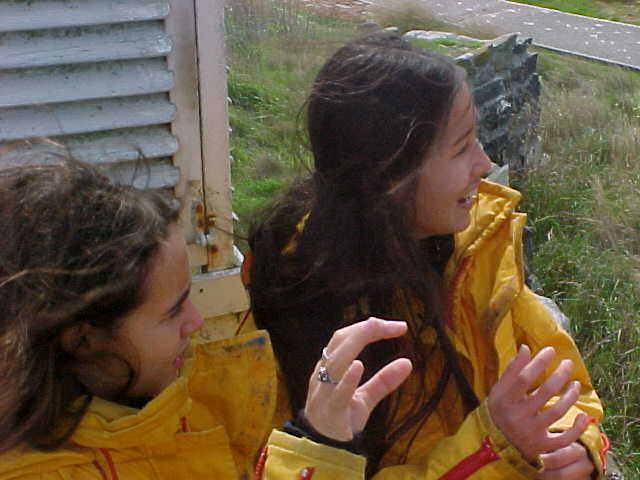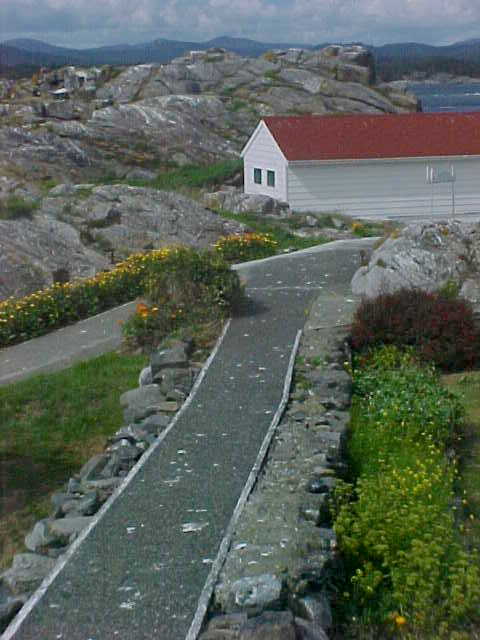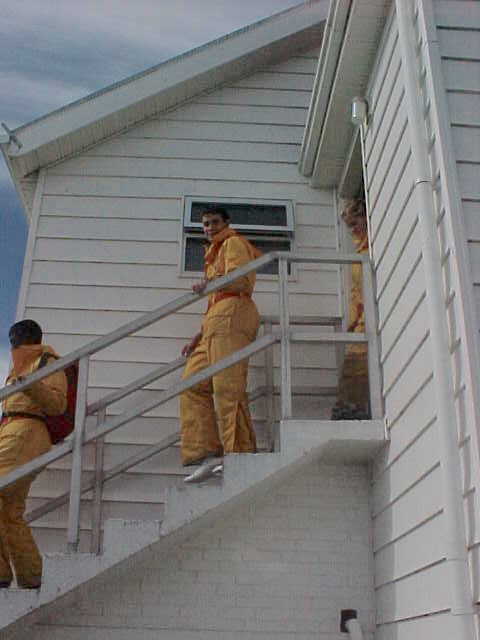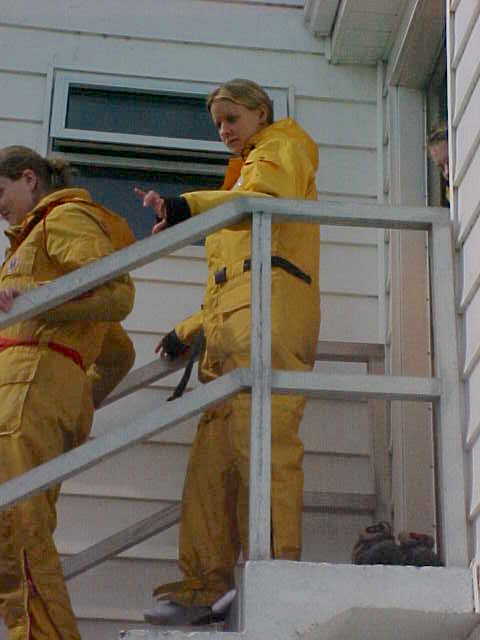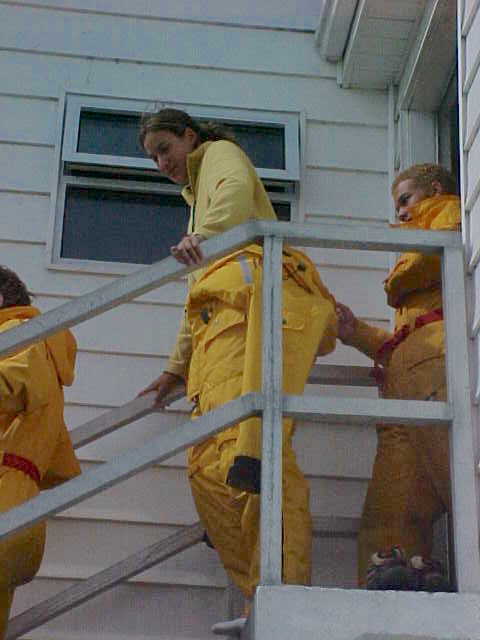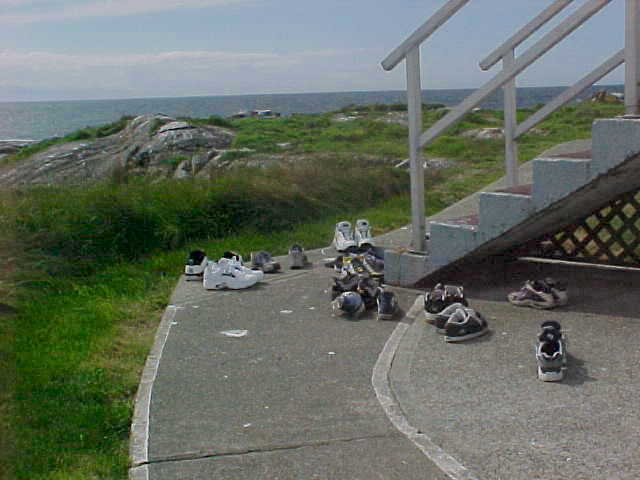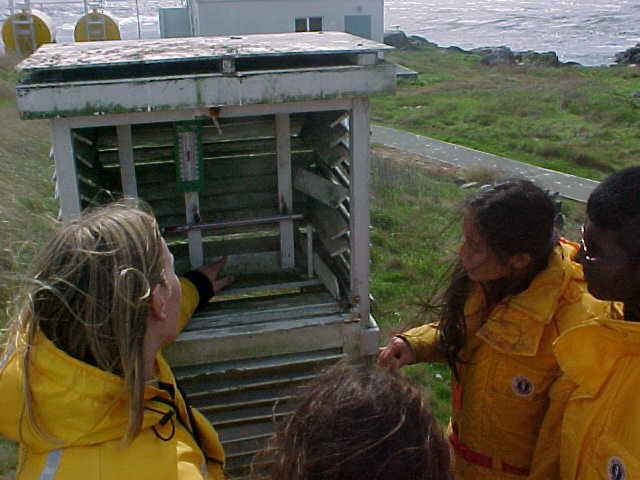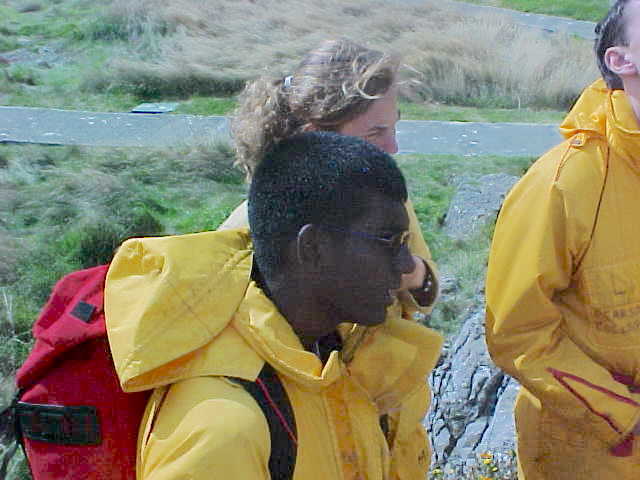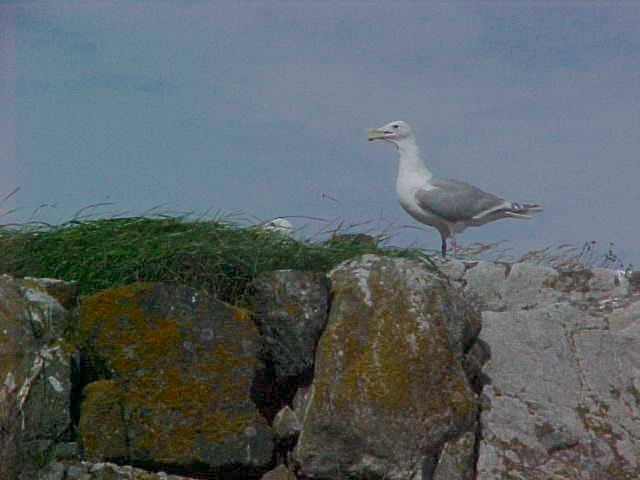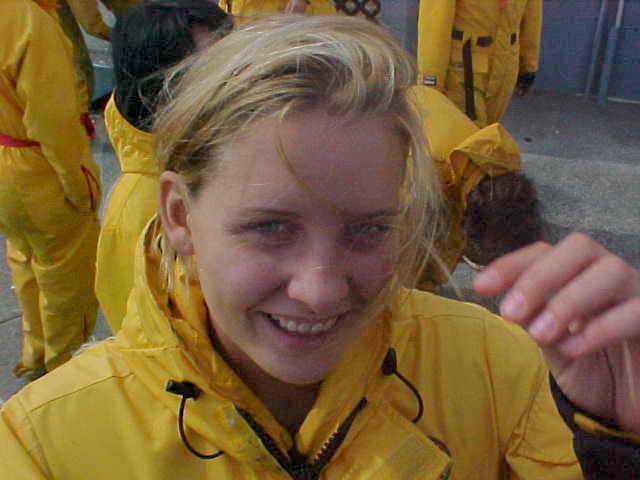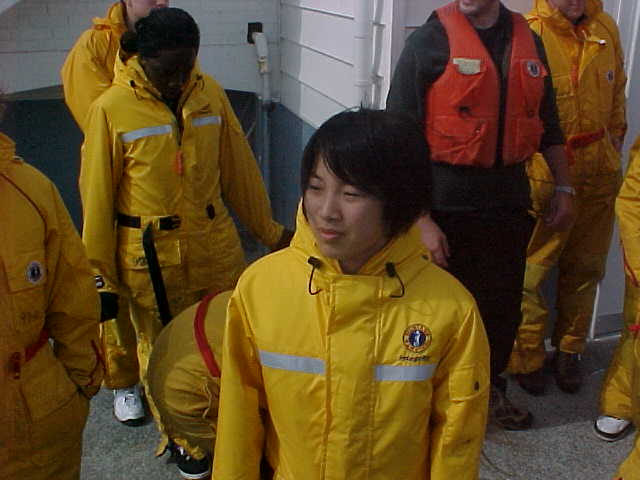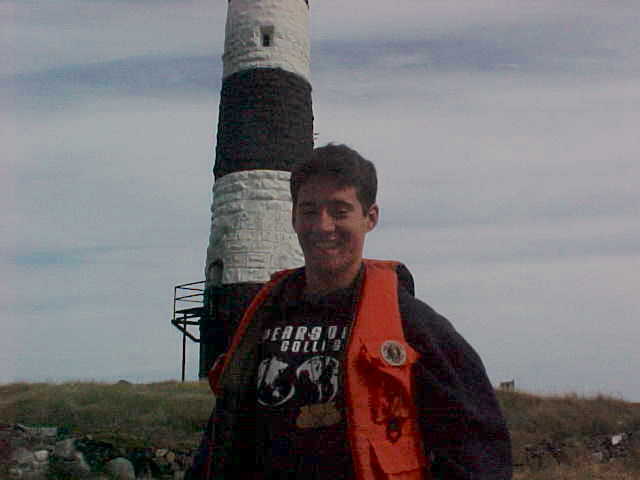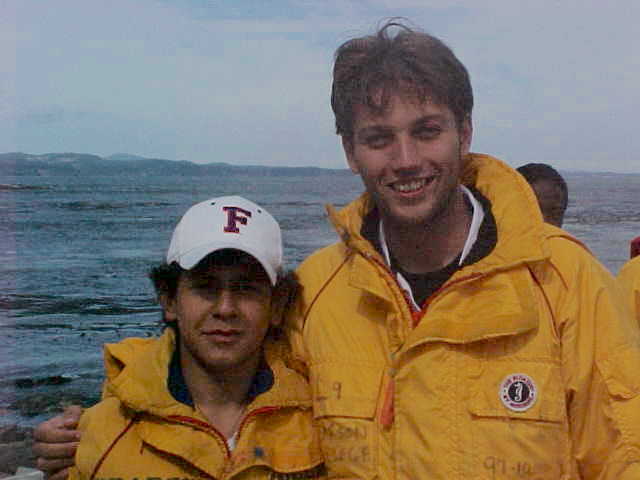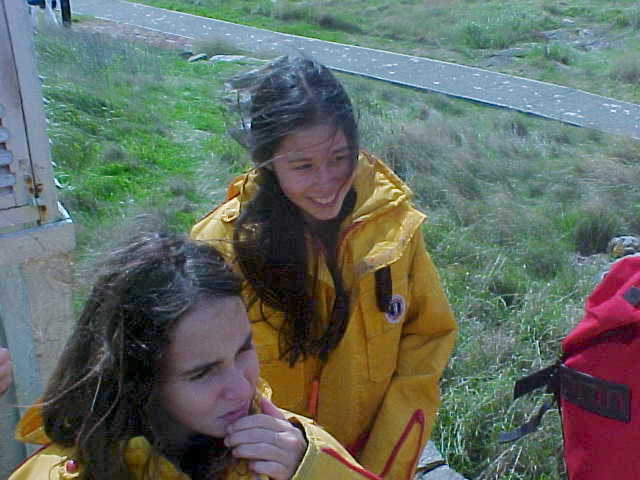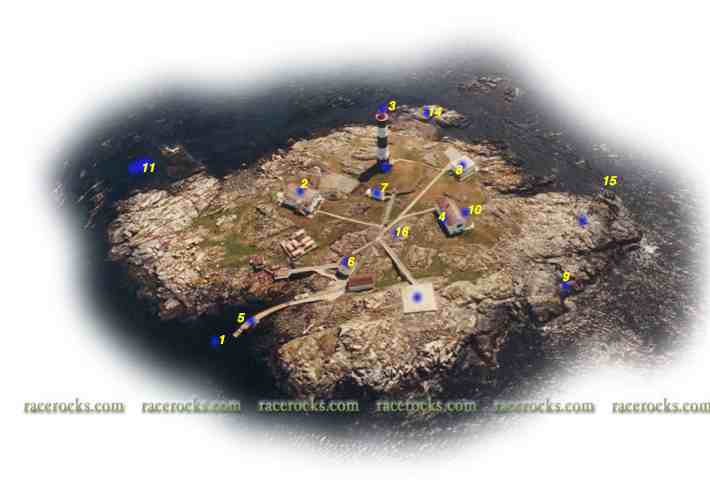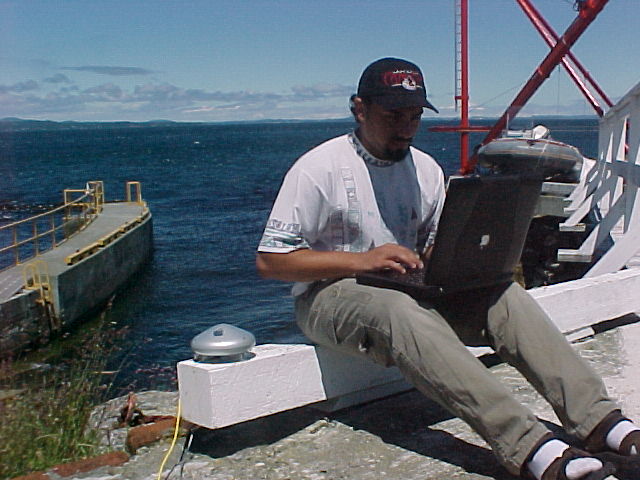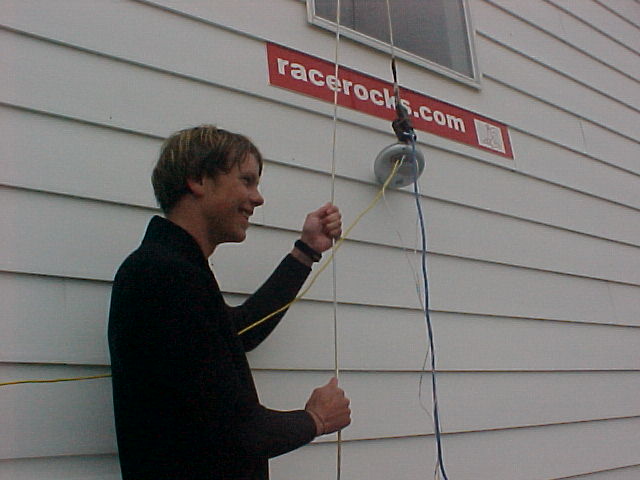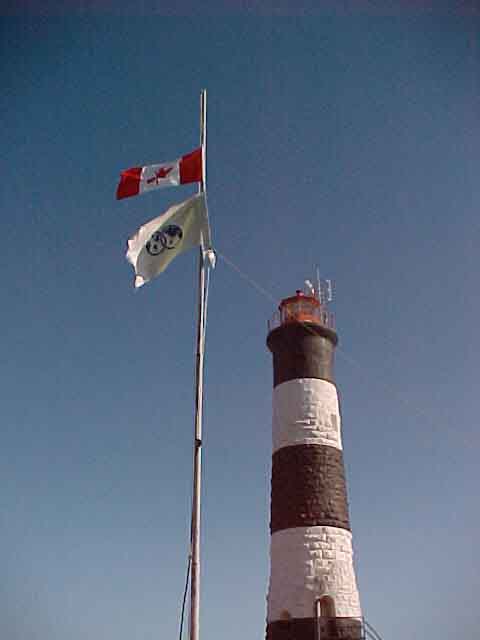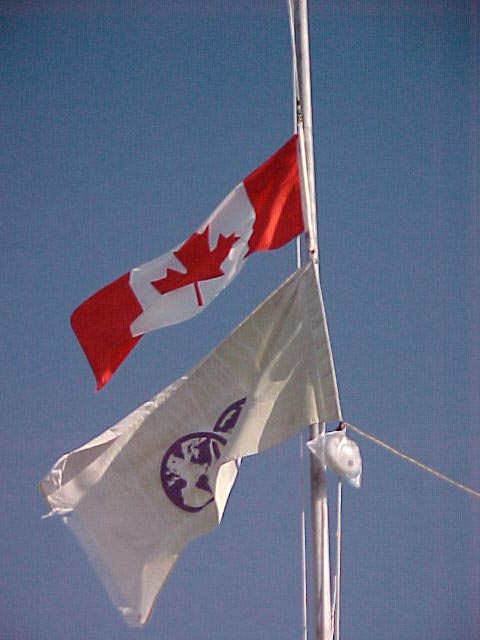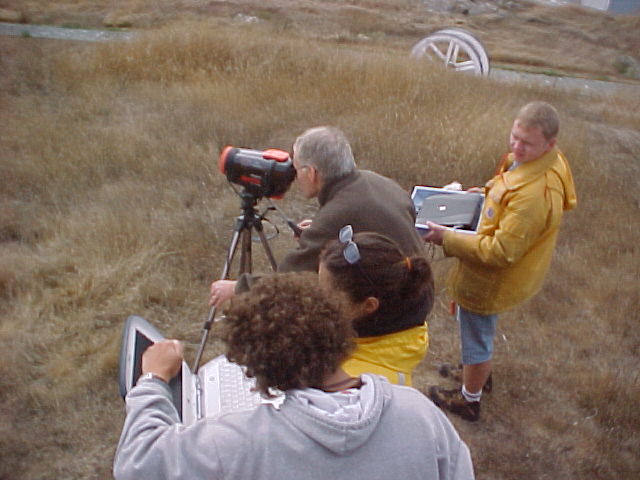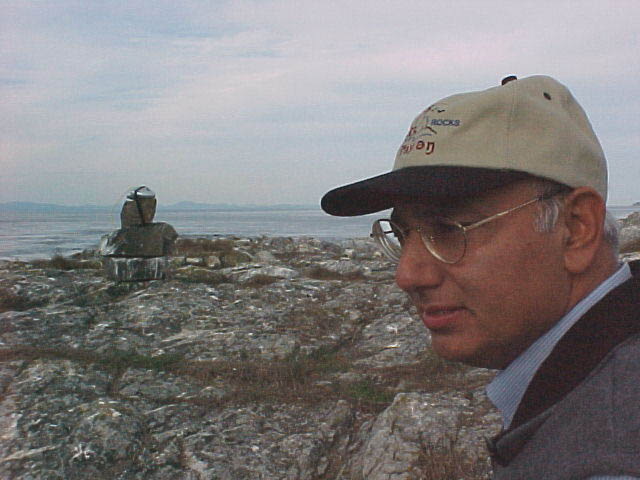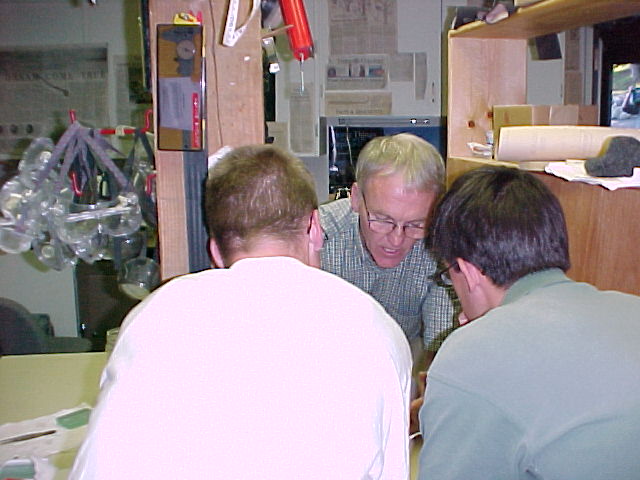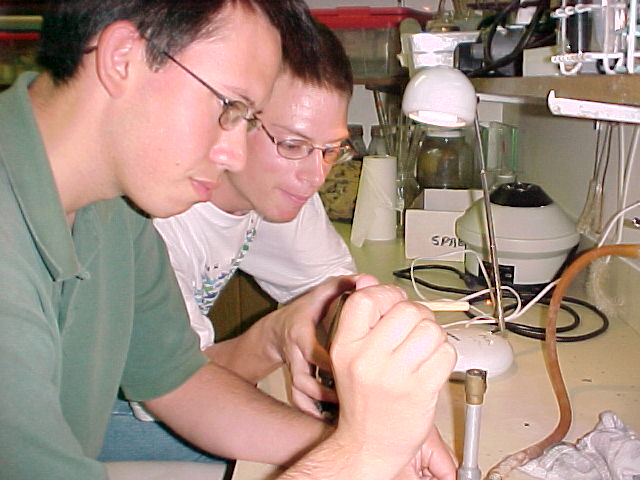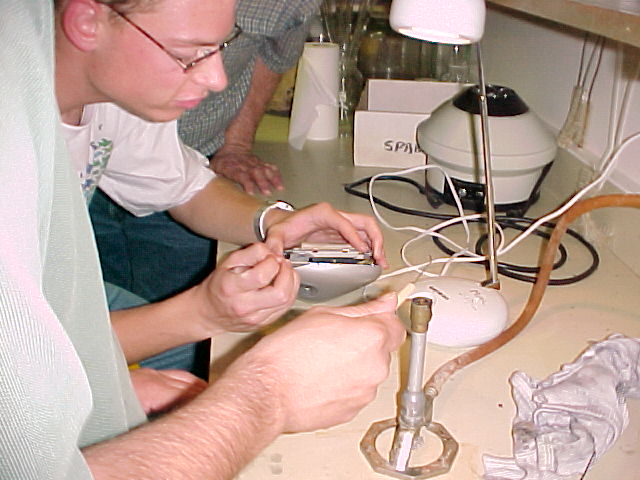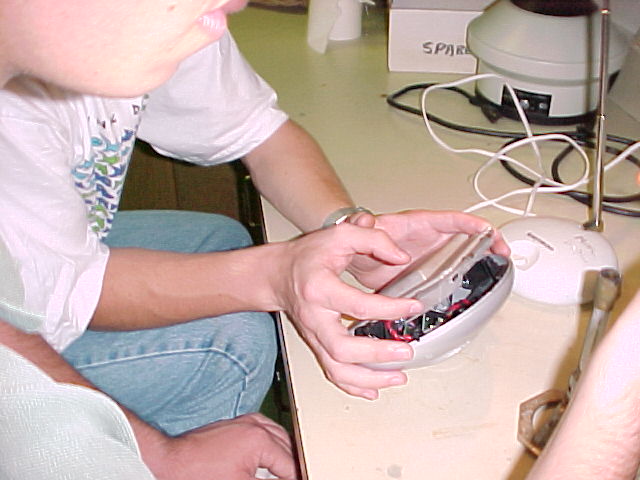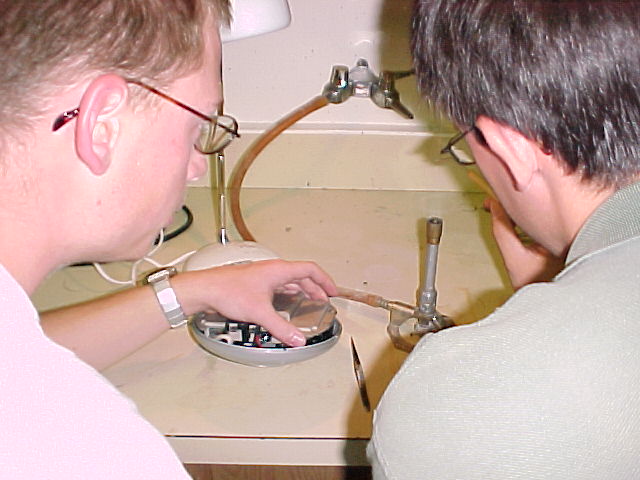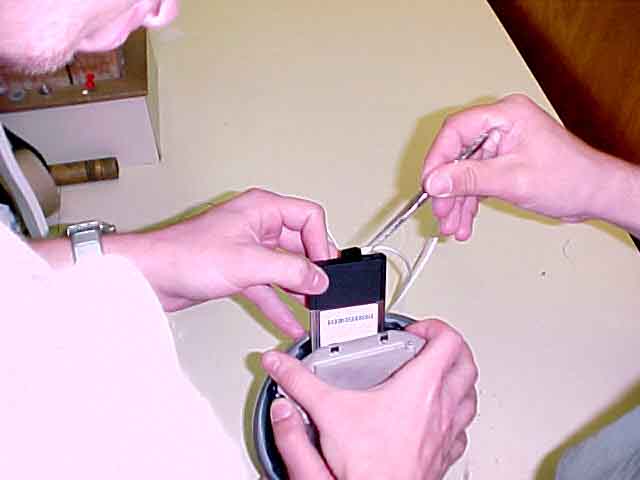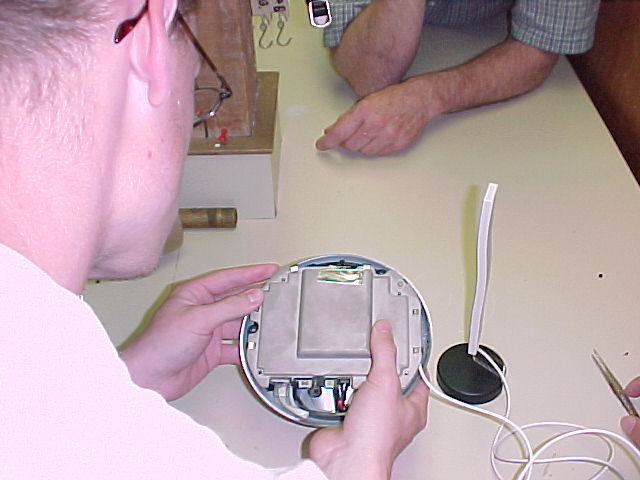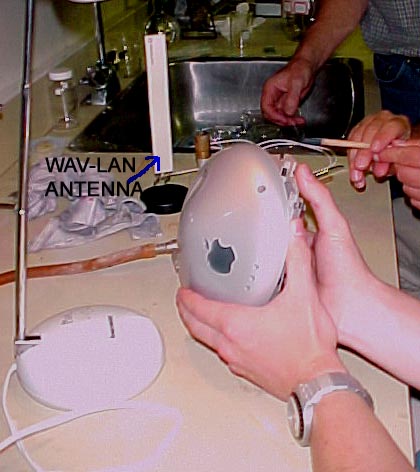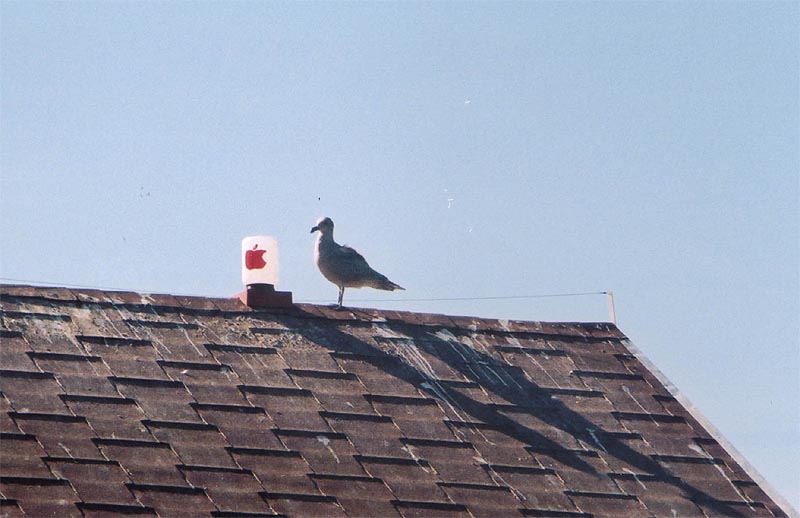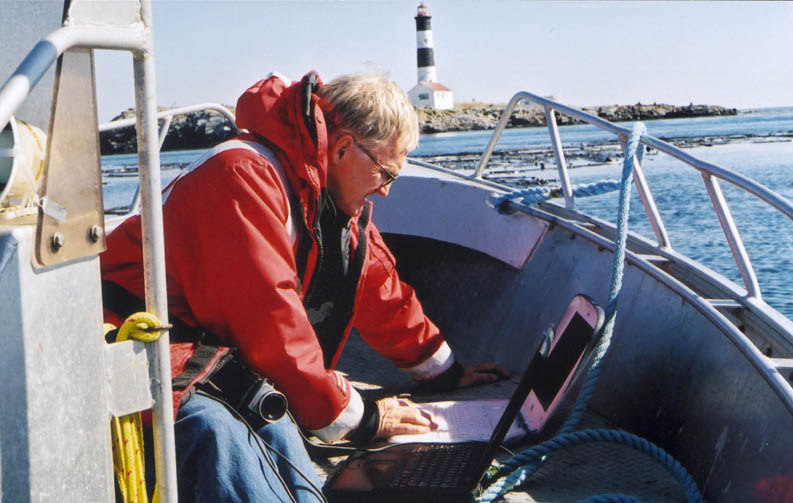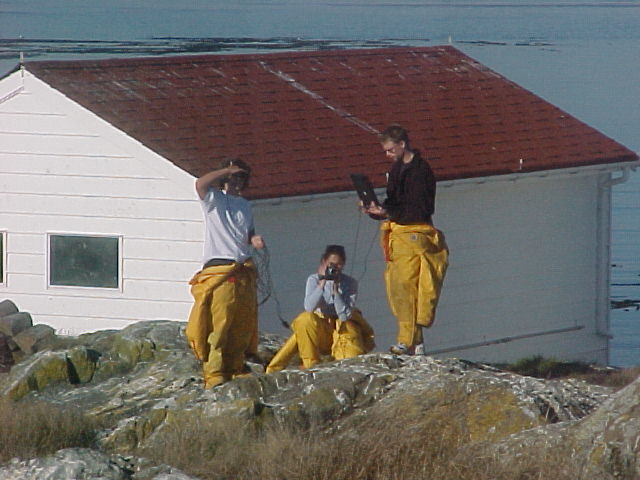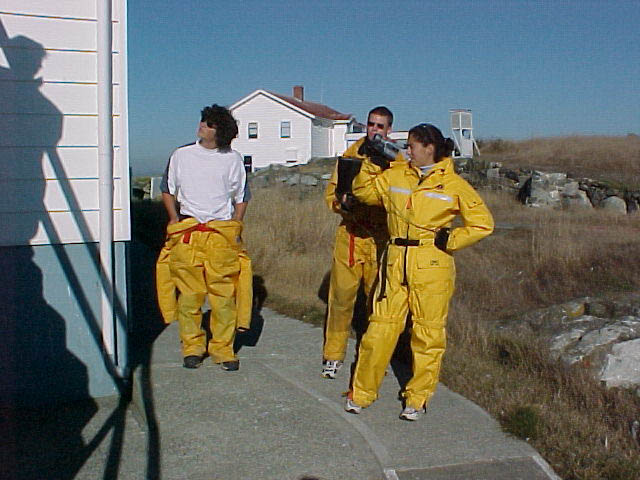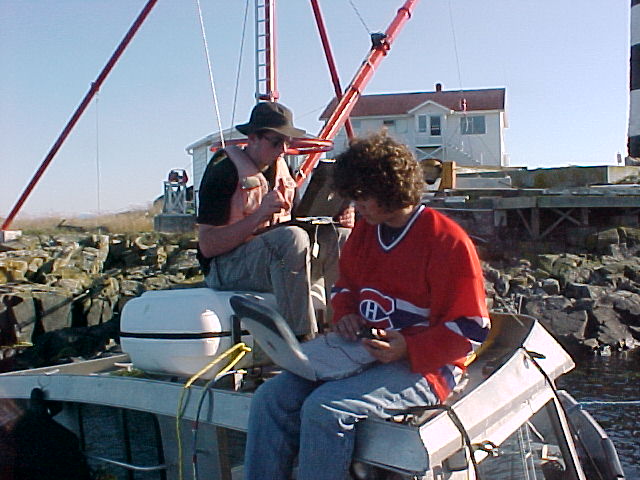This plant inventory done by Lester Pearson College students Taarini, Julia Clark and Ryan Murphy in Project week, 2001. BC Parks provided some funding.
See other posts on this website tagged with plant
| MAP LOC. # | Unkn. # | Species # | Common Name | SPECIES | Description | AREA Diam Meters | UTM VERT | UTM HORIZ | Introduced | Indigenous | |
| 10 | 1 | Mist Maiden | Romanzofia tracii | 5349628 | 460559 | yes | |||||
| 2 | chickweed | 1 | “ | “ | |||||||
| 3 | brome | Bromus | 1 | “ | “ | ||||||
| 11 | 4 | fescue-tft grass | tuft grass | 1 | 5349631 | 460553 | yes | ||||
| 3 | brome | 3 | “ | “ | no | ||||||
| 12 | 1 | Mist Maiden | R.tracii | 36 | 5349637 | 460556 | yes | ||||
| brome | “ | “ | |||||||||
| 13 | 1 | Mist Maiden | R.tracii | mud flat | 5349647 | 460543 | yes | ||||
| 7 | short grass | “ | “ | ||||||||
| 14 | 3 | brome | 5349646 | 460546 | |||||||
| 15 | ? | 5349629 | 460564 | ||||||||
| 16 | 3 | brome | grey water pit | 6 | 5349585 | 460620 | no | ||||
| 17 | 3 | brome | 6 | 5349586 | 460614 | no | |||||
| tulip | two | “ | “ | ||||||||
| 18 | 7 | short grass | rocks | 5349594 | 460618 | ||||||
| 2 | chickweed | “ | “ | ||||||||
| 3 | brome | “ | “ | ||||||||
| 5 | dandelions | “ | “ | ||||||||
| 6 | wild geranium | “ | “ | ||||||||
| 19 | 6 | wild geranium | marker | 0.5 | 5349595 | 460617 | |||||
| 20 | 3 | brome | 8 | 5349598 | 460615 | ||||||
| 8 | marigold | 6 clumps | |||||||||
| geraniums | small patches | ||||||||||
| 24 | clover | few patches | |||||||||
| 23 | small patch | ||||||||||
| 21 | marigold | 3 | 5349602 | 460615 | |||||||
| geranium | many | “ | “ | ||||||||
| brome | many | ||||||||||
| grape hyacinth | few patches | ||||||||||
| short grass | |||||||||||
| chickweed | |||||||||||
| dandelion | |||||||||||
| 26 | in cracks of rock | ||||||||||
| 22 | Romanzoffia | 5349595 | 460624 | ||||||||
| geranium | |||||||||||
| brome | |||||||||||
| 28 | Tamarix | large bush | |||||||||
| 23 | brome | 8 m circle | 5349606 | 469625 | |||||||
| chickweed | |||||||||||
| dafodillls | quite a few | ||||||||||
| 30 | few clumps | ||||||||||
| 31 | spiny leaves | ||||||||||
| bluebells | 4 plants | ||||||||||
| 24 | brome | 5349612 | 460634 | ||||||||
| native fescue | |||||||||||
| geranium | |||||||||||
| chickweed | |||||||||||
| 28 | 2 | ||||||||||
| brome | |||||||||||
| chickweed | |||||||||||
| short grass | |||||||||||
| 30 | amongst 29 | ||||||||||
| purple stalk | 1 | ||||||||||
| dry long grass | covering rock | ||||||||||
| 26 | brome | few | 53949631 | 460622 | |||||||
| dafodill | 3 | ||||||||||
| Romanzofia tracii | 1 clump | ||||||||||
| geranium | |||||||||||
| 28 | 5 | ||||||||||
| chickweed | |||||||||||
| bluebells | 15 | ||||||||||
| 19 | big patch | ||||||||||
| brome | |||||||||||
| 31 | equisetum? | clumps of strait hollow like baby bamboo? | |||||||||
| 27 | brome | covered- 3m | 5349637 | 460609 | |||||||
| war crane | 3 m patch | ||||||||||
| chickweed | |||||||||||
| fescue | small | ||||||||||
| 28 | 33 | between winch house and house | 5349623 | 460608 | |||||||
| brome | |||||||||||
| geranium | |||||||||||
| chickweed | |||||||||||
| short grass | |||||||||||
| bluebells | |||||||||||
| marigolds | fewe | ||||||||||
| 28 | small | ||||||||||
| 29 | concrete patch | 5349619 | 460595 | ||||||||
| 30 | English Daisy | all short | |||||||||
| short grass | |||||||||||
| geranium | |||||||||||
| native fescue | |||||||||||
| dandelion | |||||||||||
| marigold | |||||||||||
| brome | tiny bit | ||||||||||
| 31 | brome | short lawn | 5349619 | 460585 | |||||||
| English daisy | |||||||||||
| marigold | |||||||||||
| bluebell | 1 | ||||||||||
| chickweed | |||||||||||
| 32 | Carols flowers Bergemia | 5349602 | 460586 | ||||||||
| marigold | |||||||||||
| tulip | |||||||||||
| hyacinth | |||||||||||
| bluebell | |||||||||||
| E daisy | |||||||||||
| clover | |||||||||||
| short grass | |||||||||||
| 33 | clover | ||||||||||
| lawn grass | |||||||||||
| E.daisy | |||||||||||
| geranium | |||||||||||
| marigold | |||||||||||
| dandelion | |||||||||||
| 34 | short grass | 5349612 | 460566 | ||||||||
| brome | patches | ||||||||||
| geranium | |||||||||||
| 35 | short grass | 5349607 | 460554 | ||||||||
| brome | patches | ||||||||||
| chickweed | small amt | ||||||||||
| 36 | brome | 5349638 | 460543 | ||||||||
| short grass | 2 m | ||||||||||
| chickweed | |||||||||||
| 37 | tidepool | 5349640 | 460547 | ||||||||
| 38 | brome | behind lighthouse | 5349576 | 460621 | |||||||
| chickweed | |||||||||||
| geranium | |||||||||||
| marigold | |||||||||||
| fescue | |||||||||||
| stalks | |||||||||||
| Romanzoffia | |||||||||||
| brome | |||||||||||
| hyacinth | |||||||||||
| short grass | |||||||||||
| 40 | brome | 5349555 | 460588 | ||||||||
| clover | |||||||||||
| hyacinth | |||||||||||
| geranium | |||||||||||
| marigold | |||||||||||
| bluebell | |||||||||||
| stalk | |||||||||||
| 41 | brome | 5349549 | 460588 | ||||||||
| fescue | |||||||||||
| short grass | |||||||||||
| thistle | |||||||||||
| marigold | |||||||||||
| 30 | big bush | ||||||||||
| bluebell | |||||||||||
| stalk | |||||||||||
| 42 | brome | 5349537 | 460577 | ||||||||
| geranium | many | ||||||||||
| bluebell | |||||||||||
| marigold | |||||||||||
| native grass | |||||||||||
| 43 | native grass | 5349554 | 460517 | ||||||||
| brome | |||||||||||
| stalks | |||||||||||
| dandelion | |||||||||||
| geranium | |||||||||||
| 44 | lighthouse | 5349564 | 460592 | ||||||||
| 45 | bluebell | 5349551 | 460554 | ||||||||
| brome | |||||||||||
| fescue | |||||||||||
| short grass | |||||||||||
| 46 | brome | 5349538 | 460552 | ||||||||
| short grass | |||||||||||
| daisy | |||||||||||
| marigold | |||||||||||
| geranium | |||||||||||
| bluebell | |||||||||||
| chickweed | |||||||||||
| 47 | brome | 5349555 | 460538 | ||||||||
| geranium | |||||||||||
| 48 | brome | 5349558 | 460545 | ||||||||
| geranium | |||||||||||
| shrt grass | |||||||||||
| chickweed | |||||||||||
| 49 | tidepool | 5349570 | 460504 | ||||||||
| 50 | tidepool | 5349570 | 460493 | ||||||||
| 51 | brome | all rocks | 5349577 | 460512 | |||||||
| 52 | brome | many | |||||||||
| bluebell | |||||||||||
| marigold | |||||||||||
| chickweed | |||||||||||
| geranium | |||||||||||
| 53 | 26 | 5349584 | 460527 | ||||||||
| brome | |||||||||||
| 54 | short grass | ||||||||||
| brome | |||||||||||
| 55 | brome | 5349601 | 460539 | ||||||||
| chickweed | |||||||||||
| 56 | brome | 5349606 | 460548 | ||||||||
| wallflower | |||||||||||
| short grass | |||||||||||
| 57 | pad crner | 5349623 | 460535 | ||||||||
| 58 | other corner | 5349607 | 460607 | ||||||||
| 59 | brome | 5349620 | 460539 | ||||||||
| Romanzoffia | rocky | ||||||||||
| chickweed | |||||||||||
| 60 | brome | behind house | 4 m | 5349580 | 460551 | ||||||
| geranium | |||||||||||
| daffodil | |||||||||||
| wallflower | |||||||||||
| bluebell | |||||||||||
| 61 | marigold | along path | 5329589 | 460563 | |||||||
| chickweed | |||||||||||
| geranium | |||||||||||
| short grass | |||||||||||
| wall flower | |||||||||||
| 26 | on rock |


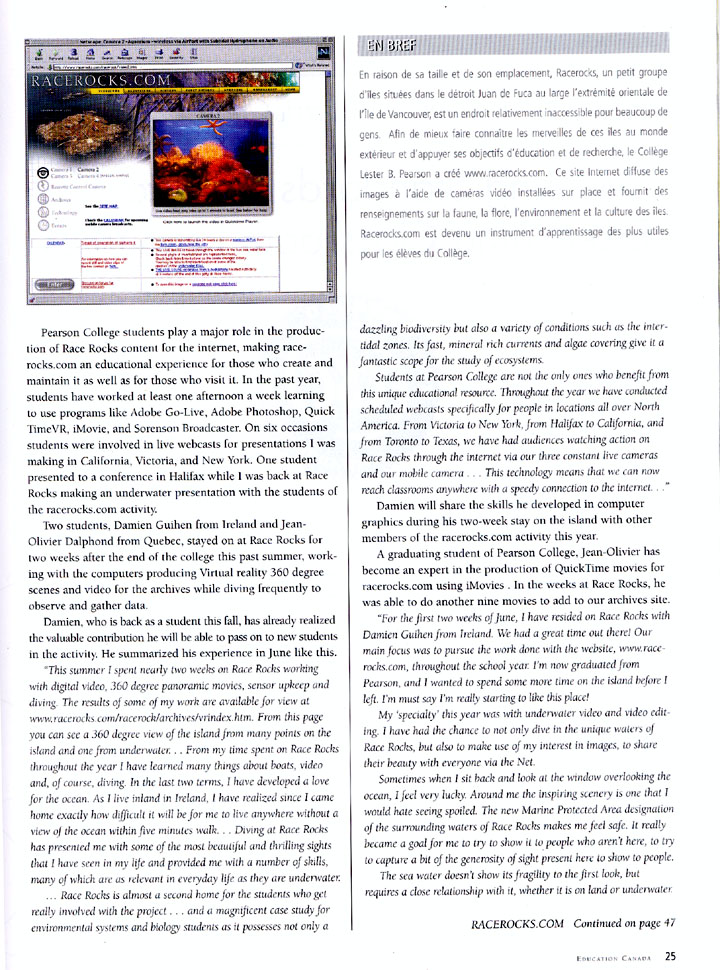

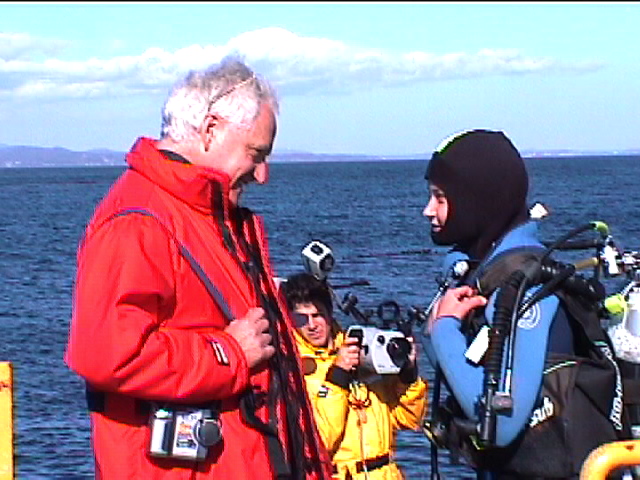
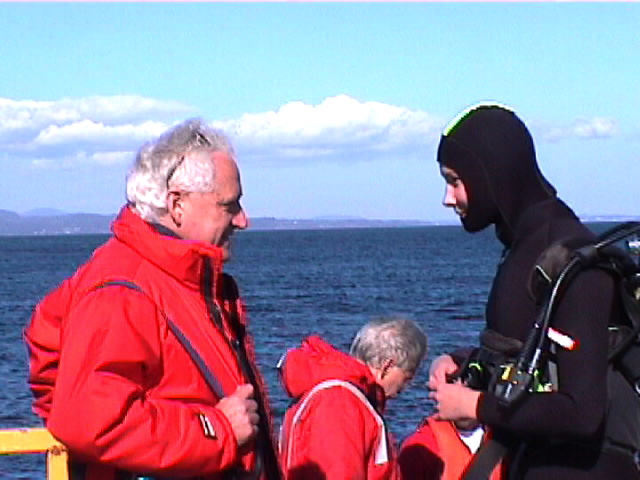
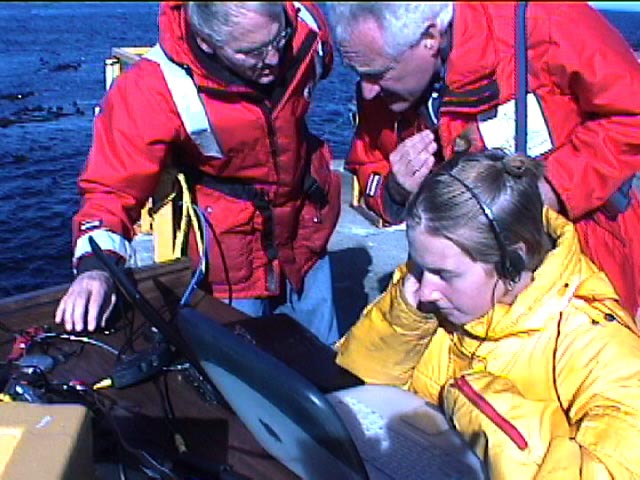
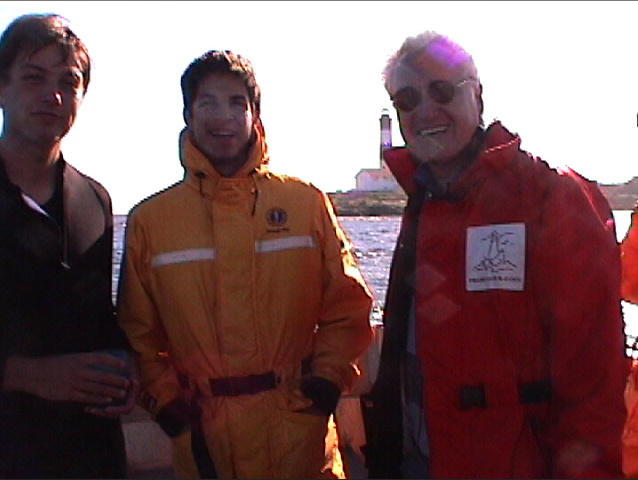
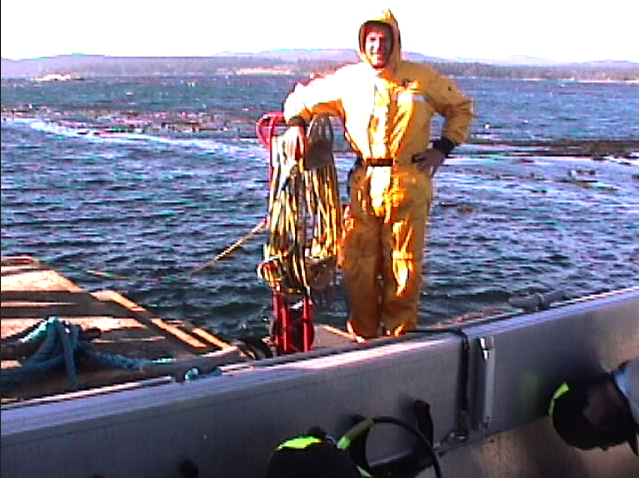
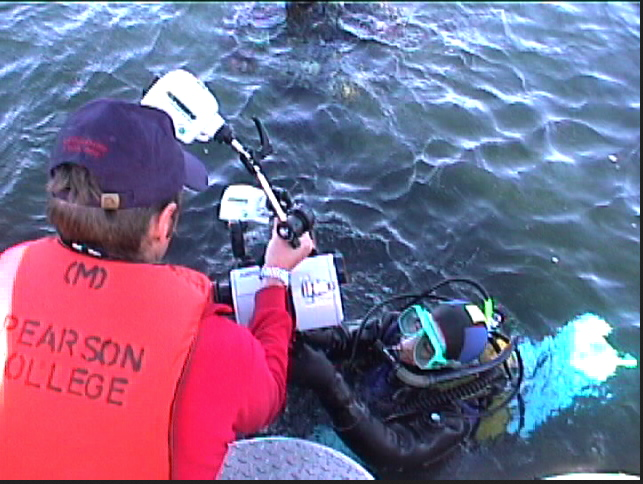
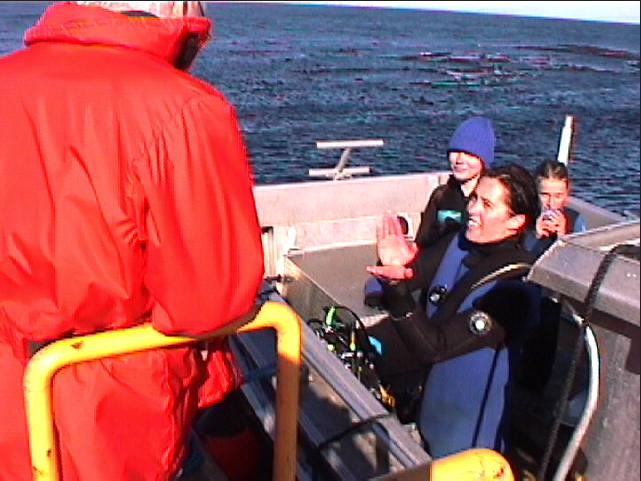
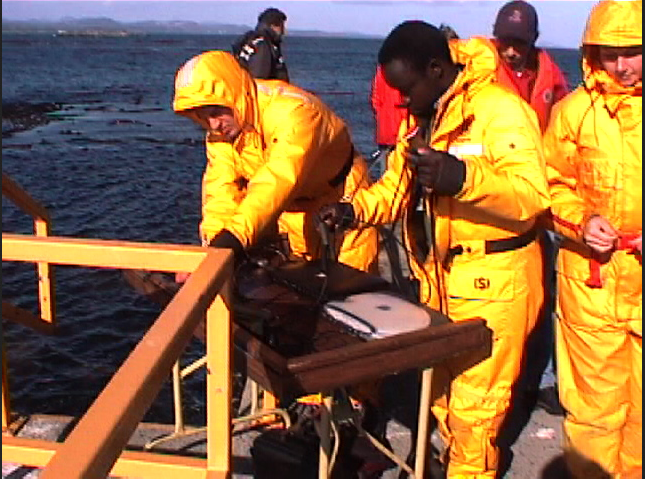
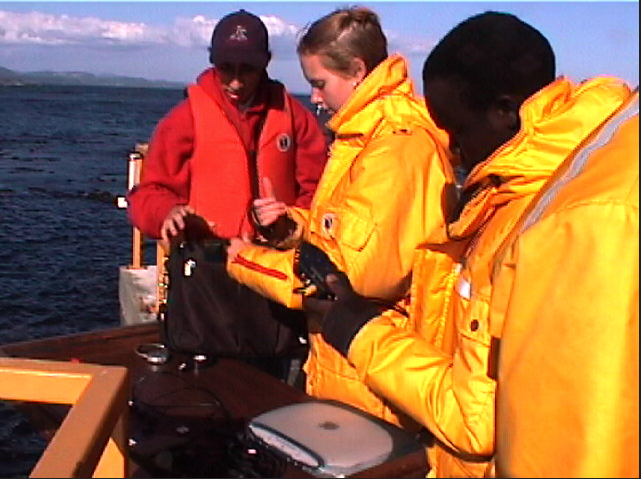
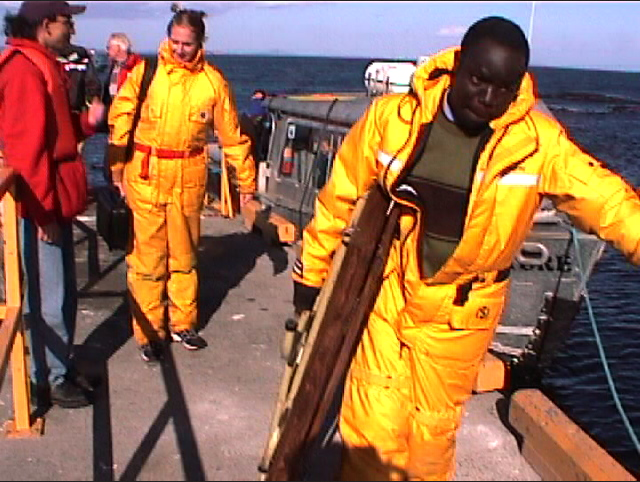
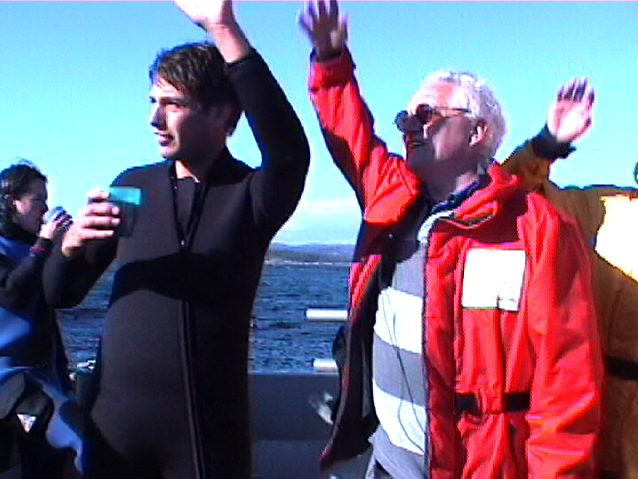
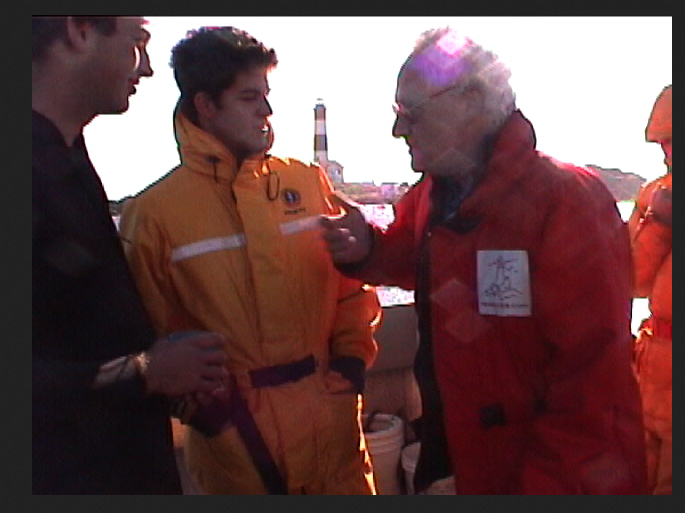
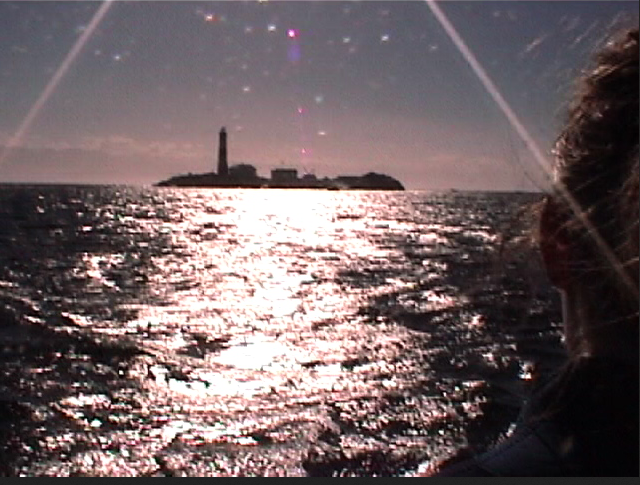
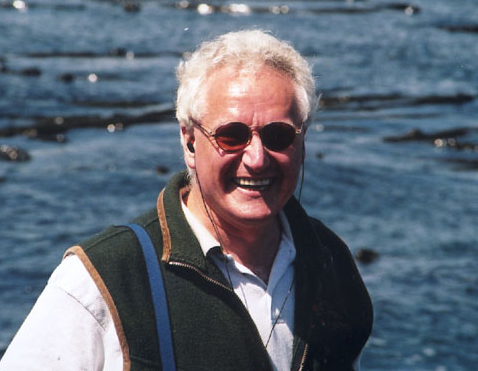
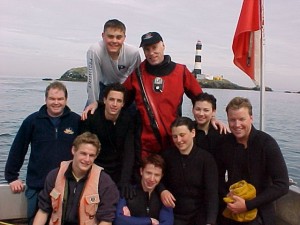
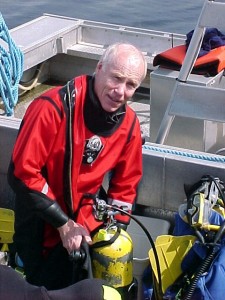
 September 11, 2001 We met this afternoon for the first session of the racerocks.com activity at Lester Pearson College. A tragic day for all of us as events unfold in the US. After a discussion of how the racerocks.com program has developed over the past few years, and projections as to where we may take it from here, we ran a short sample webcast from the biology lab. We were able to show the eight new first year students in the activity the process involved in a webcast.
September 11, 2001 We met this afternoon for the first session of the racerocks.com activity at Lester Pearson College. A tragic day for all of us as events unfold in the US. After a discussion of how the racerocks.com program has developed over the past few years, and projections as to where we may take it from here, we ran a short sample webcast from the biology lab. We were able to show the eight new first year students in the activity the process involved in a webcast. 

